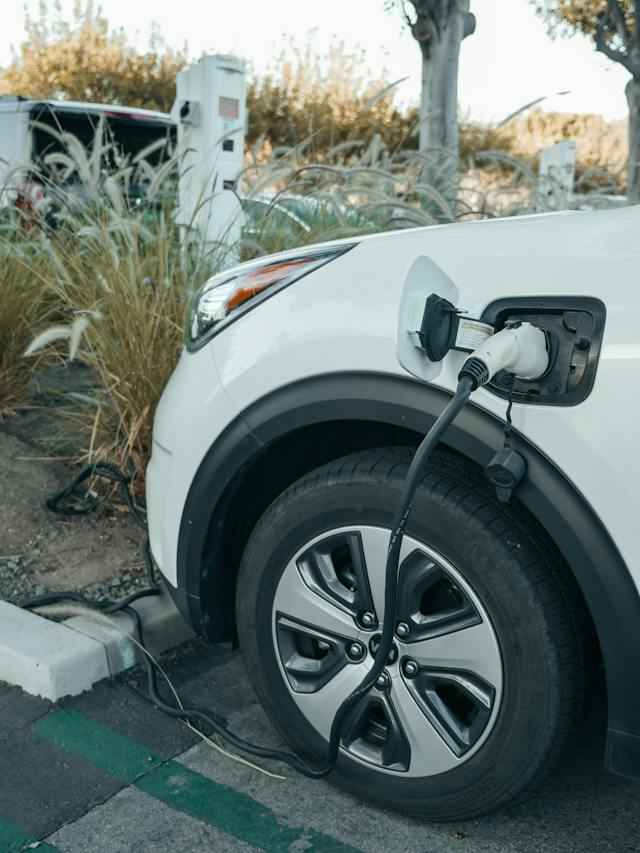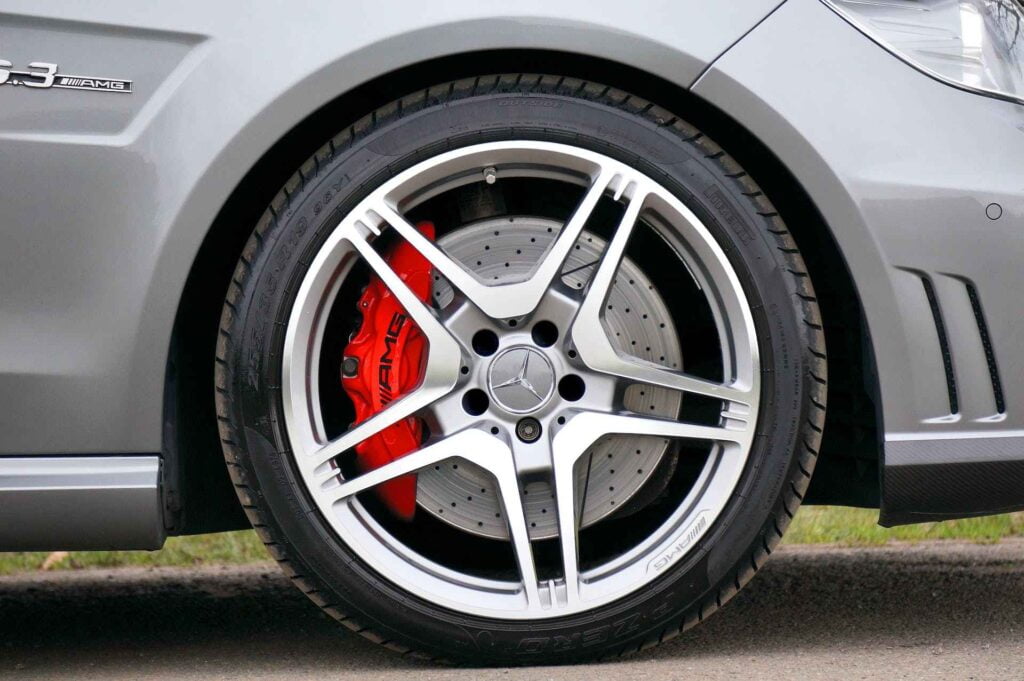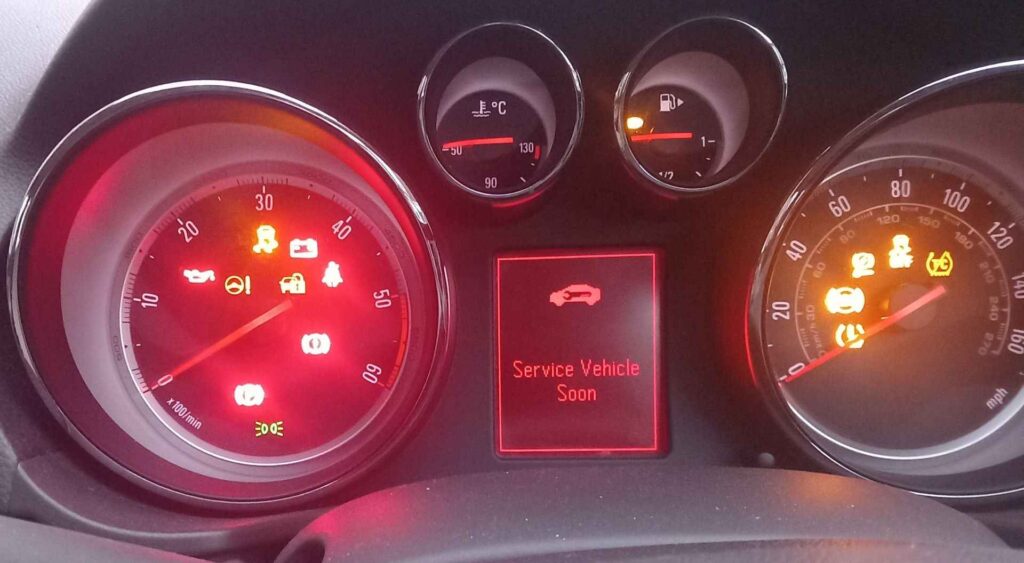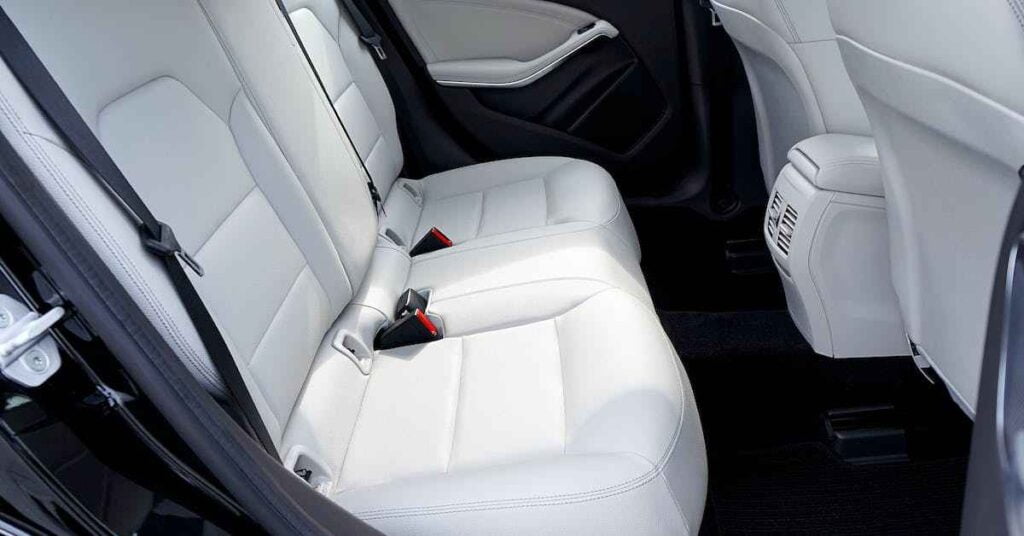There are different types of tires, depending on your needs and vehicle type. Your car may not come with the exact type of tires for your driving needs. So to help you choose the right tire that can fit your driving needs, this article explores the five most common types of car tires people use, including electric car tires, and their lifespan.
Types of Car Tires
All Season Tires:
An all-season tire combines the qualities of winter and summer tires. They are designed to provide a balanced performance in all-weather scenarios, including light snow, rain, and dry situations.
For drivers who seek year-round mobility without having to replace their tires periodically, they are a popular option. All-season tires normally have a moderate tread wear rating, and they may last up to 80,000 miles or longer depending on the road condition, driving habits, and maintenance practice.
Summer Tires:
Because of their improved grip and responsiveness, summer tires have hydroplane resistance and perform well on roadways. They are made to offer a better grip on both dry and wet roads and are specifically tailored for hotter climates. Since they might not function well in cold or snowy situations, drivers in areas with mostly mild climates tend to choose them more. Summer tire lifespan is between 25,000 and 50,000 miles, even though they sometimes have a lower tread wear rating
Winter Tires:

Winter tires otherwise known as snow tires are made especially for colder, snowy weather. With a modified tread pattern and rubber substance, winter tires are designed to offer superior traction on slick terrain.
In regions where winter conditions are severe, winter tires are preferred. winter tire lifespan varies according to driving circumstances and behaviours, from 40,000 to 60,000 miles or more.
Performance Tires:
Performance tires are designed for improved handling and fast driving. They frequently include a tread design that puts grip and responsiveness first, along with a reduced profile. Sports cars and other cars with extreme performance typically use performance tires, which have a 20,000–40,000-mile lifespan.
All-Terrain Tires:
Drivers of trucks and SUVs who want tires that can manage a range of off-road situations while still offering respectable on-road performance are fond of all-terrain tires. Usually, they include a more aggressive tread design to provide better grip on uneven ground. The lifespan of all-terrain tires is around 40,000 miles, contingent upon driving patterns and upkeep.
There is also highway tires that provide smoot drive on paved roads.
It’s important to note that within each category, there can be variations in tread patterns, compounds, and performance characteristics.
So, selecting the right tire for your vehicle involves choosing the right tire type, with preferences to your driving habits, geographical location, climate condition, driving conditions, and the vehicle’s intended use.
EV Tires.
Are EV Tires different to normal tires? Yes, EV Tires are different to normal tires. electric vehicle tires and are designed particularly to satisfy the special needs of EVs. The durability, load rating, and traction criteria for electric vehicles are different.
Difference between EV tires and ICE vehicle tires

So, what then is the difference between EV tires and ICE vehicle tires? The following are some differences between EV tires and conventional tires:
- Sidewalls: Compared to conventional tires, EV tires feature stronger and stiffer sidewalls.
- Rolling resistance: When compared to conventional tires, EV tires have less rolling resistance.
- Torque output: EV tires are better equipped to withstand the increased torque produced by electric motors.
- Noise reduction: Compared to conventional tires, EV tires offer superior noise reduction.
- Contact patch: Compared to conventional tires, EV tires feature a flatter contact patch.
Since EV tires are made to handle greater loads and strong immediate torque, they will wear down more quickly. They therefore need more durable rubber compositions and tougher structures.
Can EV tires be used for ICE vehicles?
The answer is yes, you can. Tires intended for conventional internal combustion engine (ICE) vehicles will fit your EV car’s wheels and vice versa, but using them in this way would be a bad idea.
Among other things, tires designed for electric vehicles (EVs) are built to handle the extra weight, dynamic loading, and tractive needs of an EV. Using non-EV tires will probably lead to much faster wear, problems with heat, and the possibility of wheelspin from rest, which might cause a loss of directional stability even with traction control. So that’s why you should stick to the respective tires.
Select the right tire for your vehicle.
The process of effective car tire maintenance starts with choosing the right tire for your vehicle. Selecting the appropriate tire is a proactive approach to vehicle tire maintenance. The kind of tire you choose for your vehicle has a great impact on your driving experience, safety, and overall performance.
So how can you choose the right tire?
Know your vehicle tire specifications and stick to them:
For most vehicles, the best and simplest place to find tire size is on the sidewall of the tires currently fitted to your car, as it has markings that specify the tire width, profile, construction, diameter, weight, and speed rating. Reading the markings on your tires can be challenging, but keep calm as I explain it to you below.
a. Width: The first three digits (205) indicate the width of the tire in millimeters, measured across the tread from one sidewall to the other.
b. Aspect ratio: The next digit (55) refers to the height of the tire, measured from the base of the tread to the rim, as a percentage of the tire’s width.
c. Tyre construction: The next letter (R) represents the tire’s construction. In this case, “R” stands for radial, meaning the tire has a radial construction. Other options may include “B” for bias ply or “C” for cross-ply, among others.
d. Tyre diameter: The final two digits (16) indicate the size of the wheel rim in inches
e. Load & Speed rating: The final two numbers on an automobile tire represent the load rating, while the letter indicates the speed rating. Additionally, the speed rating increases as the alphabetical letter increases.
Apart from the markings on the tire sidewall, you can also know your tire spec by the information written on the driver’s side door jamb, or you can consult your car user handbook to find the recommended tire spec suitable for the exact make and model of your vehicle.
Know your driving needs.
To choose the right tire, you have to understand your driving needs by assessing your distinctive driving conditions, such as weather (rainy or snowy), terrain or road type, traffic, and driving habits. Different tires are designed for various purposes, so identifying your basic driving needs is crucial to guiding you on the type of tire to choose and the kind of tread pattern to consider.
Kindly visit our home page to read more related articles







